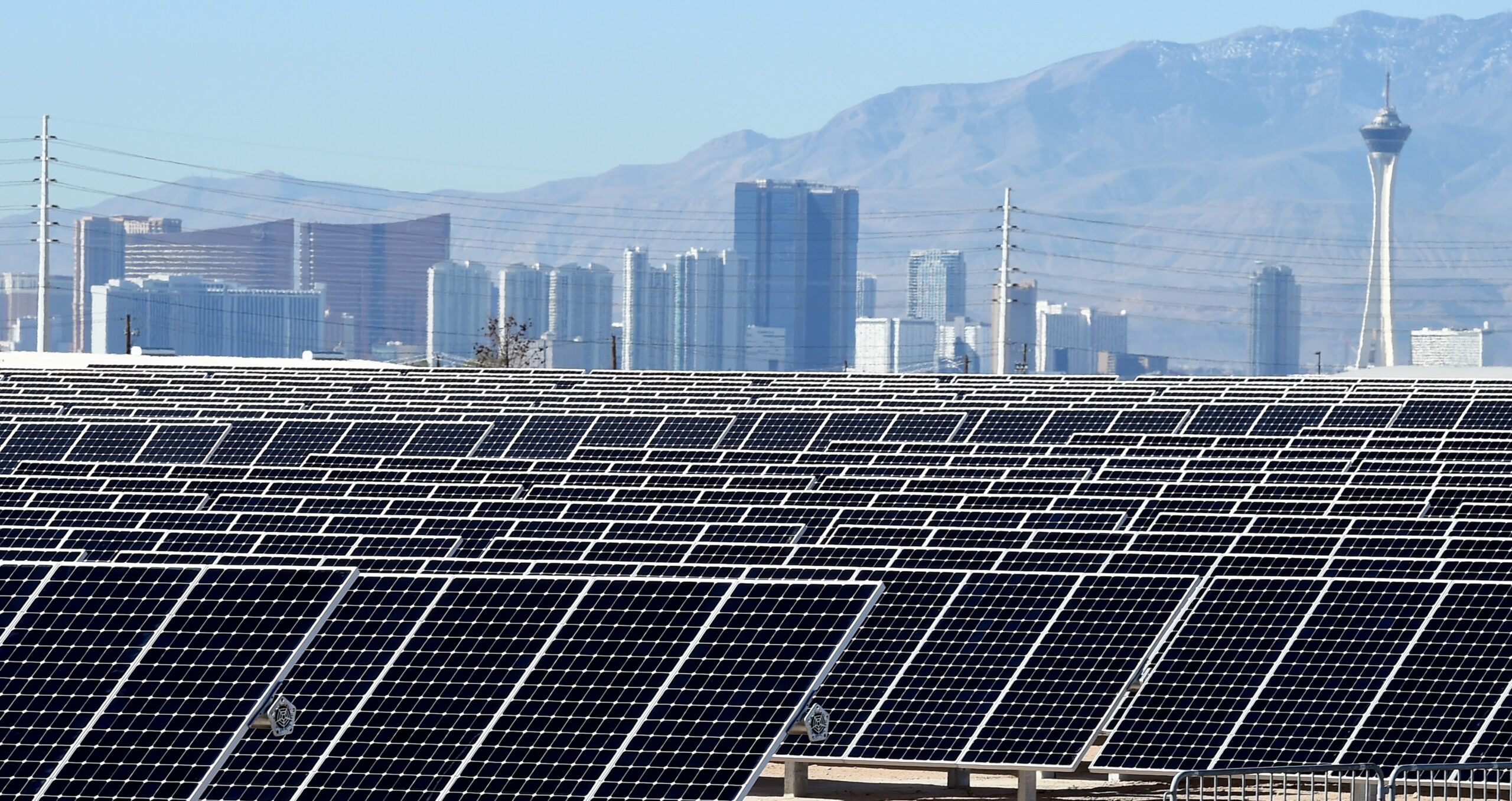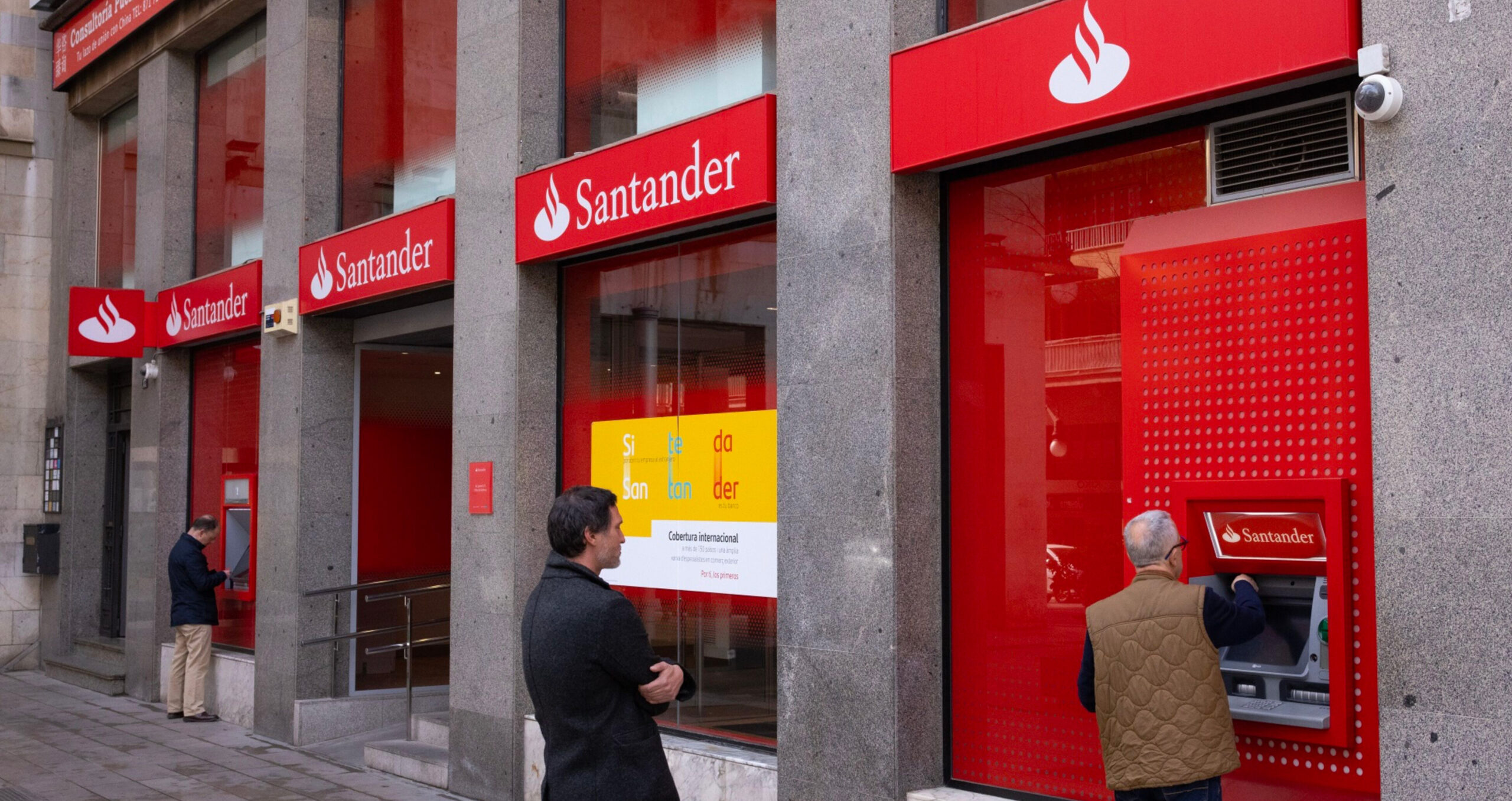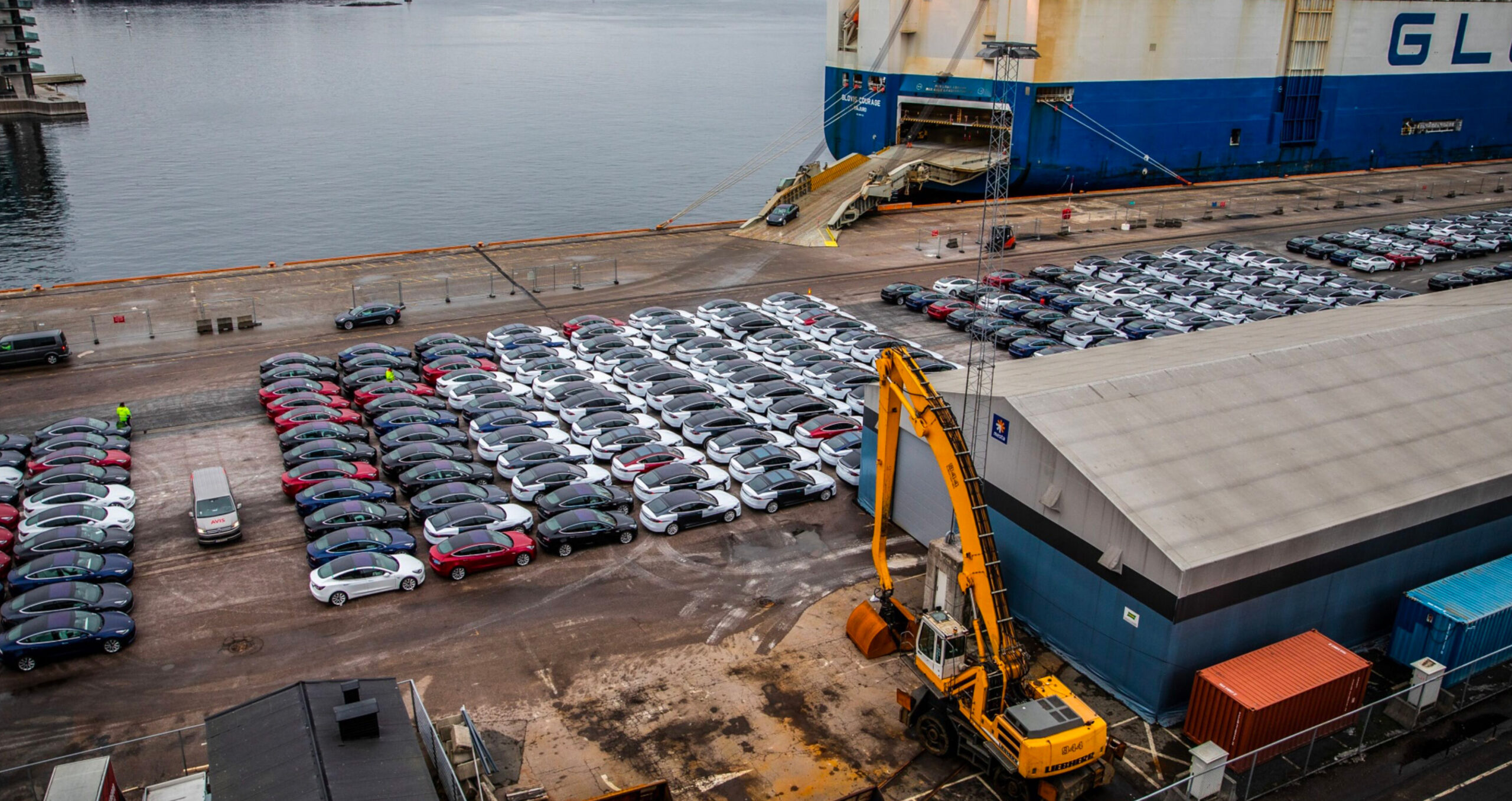
US solar industry faces ‘most disruptive event’ in history

A probe into Chinese solar imports derails president Biden’s green ambitions.
In the state of Indiana, two coal-fired power plants that were due to close by next year have been given a two-year stay of execution, in stark contrast with the Biden administration’s goals of having a net zero electricity grid by 2035.
During its earnings call in May for the first quarter of this year, US utility NiSource announced that it would keep Schahfer Generating Station’s remaining two coal units online until the end of 2025, as a result of the delays brought about by a US commerce department’s probe into solar panel imports from south-east Asia.
NiSource also said that it “anticipates that most solar projects originally scheduled for completion in 2022 and 2023 will experience delays of approximately six to 18 months” in the wake of the probe.
More coal, delayed solar – in 2022, this is the new reality for an industry that has, over the past two decades, ridden an undulating wave of tax incentives, falling technology prices and tariffs imposed on solar imports by former president Donald Trump. Now it has been “blindsided”, according to sources who spoke to fDi Intelligence, Sustainable Views’ sister publication, by an administration whose lofty green ambitions have become entangled by trade protectionism.
Probing solar imports
Currently, solar panel imports from China are subject to tariffs, while those from south-east Asian countries are not; the probe is assessing whether China-based manufacturers are tariff-hopping by rerouting part of their supply chain. But this brings the majority of the solar panel supply to the US into grave uncertainty, as solar developers fear being hit with retroactive tariffs, and have stopped imports while the industry awaits the outcome of the investigation. The final decision is due in January 2023.
Rystad Energy analyst Marcelo Ortega says: “What’s driving the current level of disruption is that there is legal precedent for this to be applied retroactively.”
By the time a decision is made, the US Commerce Department could apply tariffs backdated to 4 November 2021, according to a ruling made in September 2021 whereby the department modified regulations over anti-dumping and countervailing duties.
“It is that retroactivity that is making [developers] say ‘I don’t want to keep importing and then be slapped in 2023 with a 100 per cent or 200 per cent tariff on panels I’ve imported over the course of 2022’,” Ortega says.
While there is no certainty that there will be retroactive tariffs, “there is that added risk” – which is making it difficult for developers to import panels, he adds.
The probe has likely been “the most disruptive event ever to face the US solar industry”, Ortega says, as it threatens nearly two-thirds of planned capacity additions in 2022 and beyond. As much as 17.5 gigawatts of solar photovoltaic (PV) projects are under threat, according to research from Rystad Energy. The Solar Energy Industries Association puts the shortfall of planned capacity at 24GW.
A Rystad report from last year highlights that three years after the US slapped heavy tariffs on imports of PV panels from China in 2018, 99 per cent of the solar PV panels used in solar parks in the US still came from the likes of Malaysia, Vietnam and Thailand.
Since 2012, the US commerce department has imposed anti-dumping tariffs on the import of solar panels from China. In 2018, the Trump administration slapped tariffs on solar imports for four years – which the Biden administration extended in February, but spared the bifacial panels used in many large-scale projects.
Domestic industry vs solar supply
The battlelines in the US solar sector have been drawn between the manufacturer Auxin Solar, which filed the original petition to the commerce department to launch the probe, and industry bodies that fear the disruption is severely damaging at a crucial moment in history. In a statement, Auxin Solar CEO Mamun Rashid described the case as “existential to us and to the domestic industry”.
Meanwhile, Heather Zichal, CEO of the American Clean Power Association, expects the delays and disruptions to “cut Biden’s solar goals in half”.
“What makes this especially challenging is that it is a setback for an industry that was set to take off,” she explains, adding that this was due to be “a banner year for the deployment of energy storage”. She predicts that half of the planned storage projects will be affected by the US commerce department’s investigation.
Peter Trimarchi, partner at law firm Reed Smith, says an industry that had come to know ample supply and falling prices has been “entirely flipped on its head”.
He says that as a result of the investigation, the supply has dried up and the panel costs have risen, adding: “From a legal standpoint, companies are going to try and figure out how to renegotiate contracts for delivery of megawatts, or for completion of construction that they’ll have challenges to meet in 2022 or early 2023.”
Globalised backbone
The severe disruptions have cast a light once again on the solar sector’s globalised backbone and the vulnerability of its supply chains to geopolitical concerns, while the prominence of Chinese suppliers is all-pervasive.
Bernreuter Research estimates that ingot and wafer production – the two parts of the value chain before cell and module production – are almost completely controlled by manufacturers based in China.
Many of these manufacturers have moved operations into south-east Asia. Greenfield investment monitor fDi Markets shows that between 2015 and 2021, Chinese solar PV modules manufacturers invested as much as $13.8bn in new production sites in south-east Asia. Most of them went to Malaysia ($10.7bn), India ($1.3bn) and Vietnam ($1.3bn).
Leon Chuang, marketing director at Chinese solar developer Risen Energy, which unveiled a manufacturing facility in Malaysia in 2021, says the company is also “highly concerned” by the probe.
“We had hoped that the US would look at the bigger picture of mutual cooperation [and] at least leave sufficient room for exemptions rather than [impose] abusive trade restrictions,” he says. When asked about the specifics of Risen Energy’s manufacturing activities or how the threat of tariffs affected the company, he did not provide further comment.
The American Clean Power Association’s Zichal remains optimistic, despite what she calls an “incredible bump in the road” threatening the US’s access to cleaner, cheaper power. “We’ll ride out this battle; we’re a scrappy industry, but we now need to work towards staving off any potential threat in wind and batteries,” she says.
At time of publication, president Biden dispelled all doubt that developers will be able to import panels and cells from Cambodia, Malaysia, Thailand and Vietnam “free of certain duties for 24 months”, providing the industry with the security that whatever the result of the investigation, developers will not be slapped with tariffs for two years.
This is “to ensure the US has access to a sufficient supply of solar modules to meet electricity generation needs while domestic manufacturing scales up”, a White House statement said.
This article first appeared in fDi Intelligence.
Similar Articles

Banks under pressure to reveal data comparing green and fossil fuel spending

With better planning and investment, EV uptake could offer storage and grid flexibility


